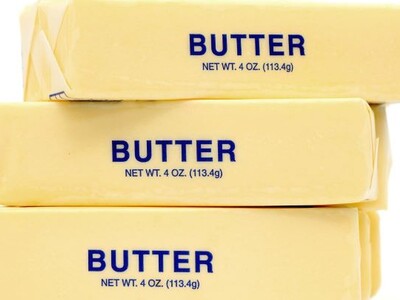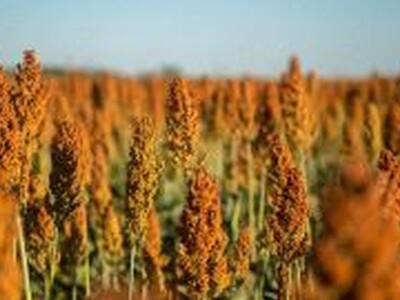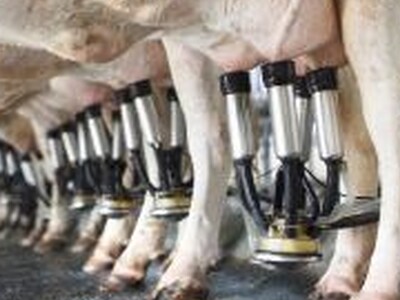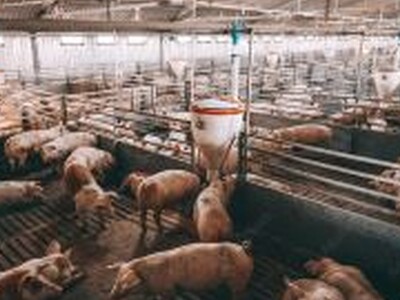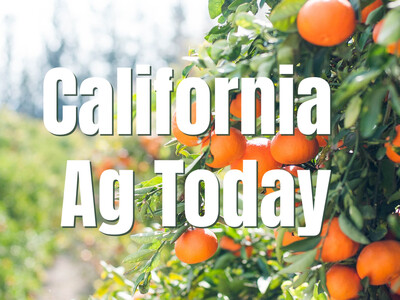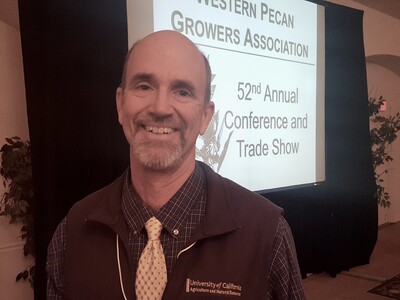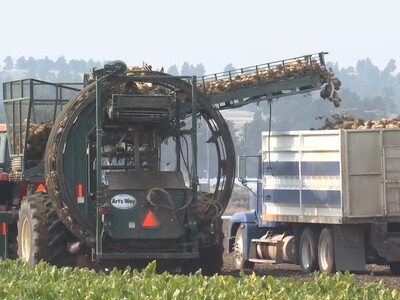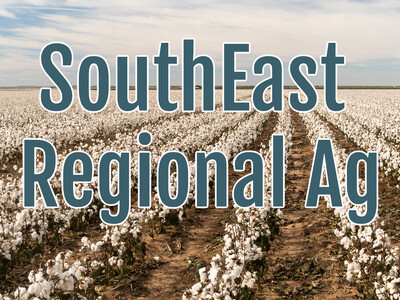Laying Hens
The Animal Agriculture Alliance released its 2016 Advances in Animal Agriculture Report. The report highlights animal agriculture’s advances in animal care, antibiotic use, food safety and sustainability for each sector of the industry. “The animal agriculture industry collaborates, funds research and evolves to meet the highest animal care and food safety standards while feeding a growing population,” said Kay Johnson Smith, Alliance president and CEO. “Our Advances in Animal Agriculture report is an essential resource in communicating that message to key stakeholders including consumers, the media and partners throughout the supply chain.”
Highlights from the report include:
• Compared to 1960 laying hens, 2010 laying hens have 26 percent less daily feed use, 27 percent higher hen-day egg production, 42 percent better feed conversion, 57 percent lower mortality and 32 percent less direct water use per dozen eggs produced.
• Pork producers today use 78 percent less land and 41 percent less water than they did 50 years ago.
• The National Pork Board has adopted a new three-point antibiotic stewardship plan that is proactive, collaborative and aggressive in its strategy and scope.
• From 2005-2011, beef producers achieved a 7 percent overall improvement in environmental and social sustainability.
• Today, more than 94 percent of the milk supply comes from dairy producers enrolled in the National Dairy FARM program.
In addition to the 31-page report, an updated industry group contact list and a third-party expert contact list are available upon request. A new Advances in Animal Ag infographic illustrating one key advancement in each category for pigs, dairy, beef, laying hens, sheep and goat, chicken, turkey and veal is also available.
“The animal agriculture industry is committed to continuous improvement – and maintains that commitment of its own accord and in spite of groups who use fear and misinformation to confuse the public about livestock and poultry production,” said Johnson-Smith.




